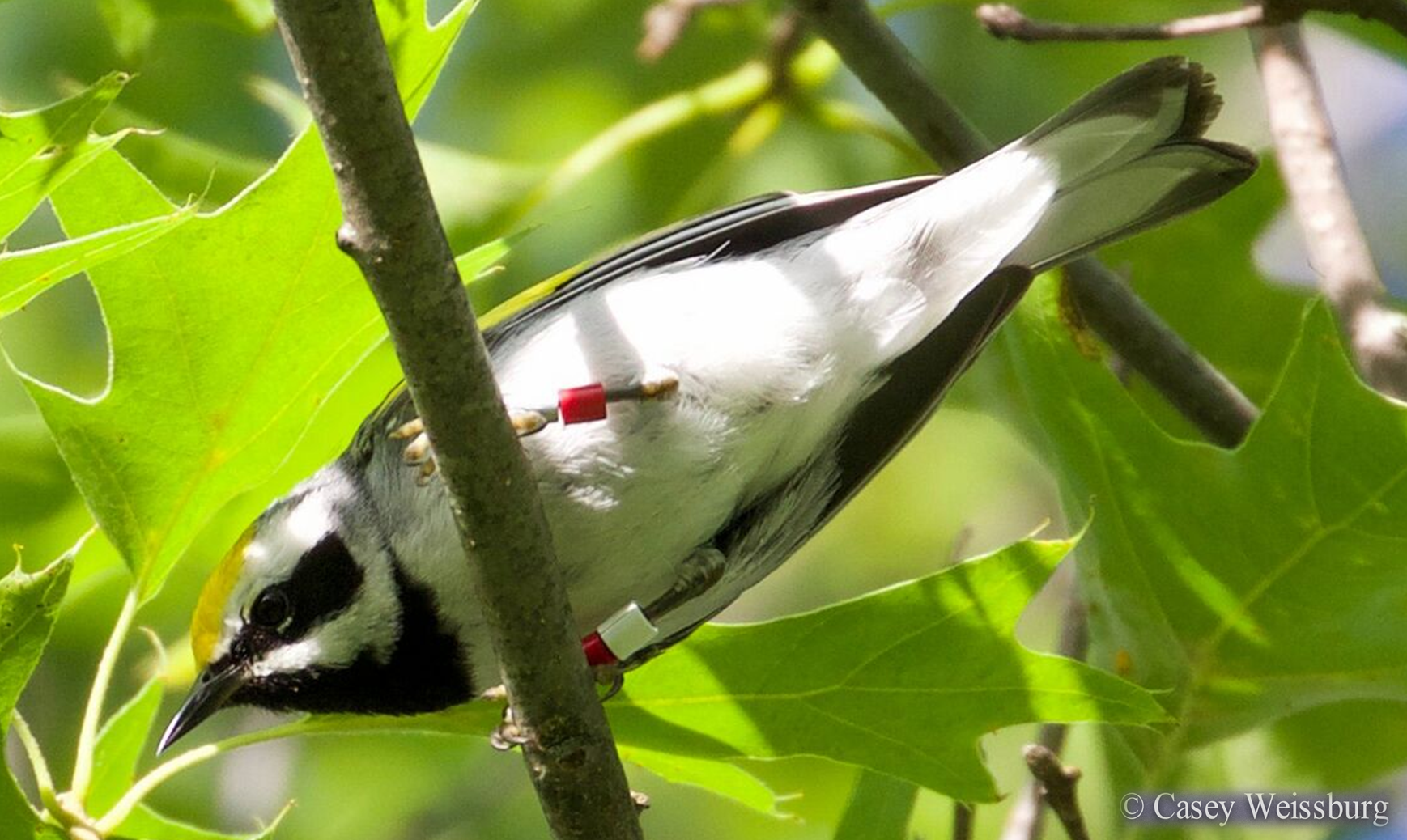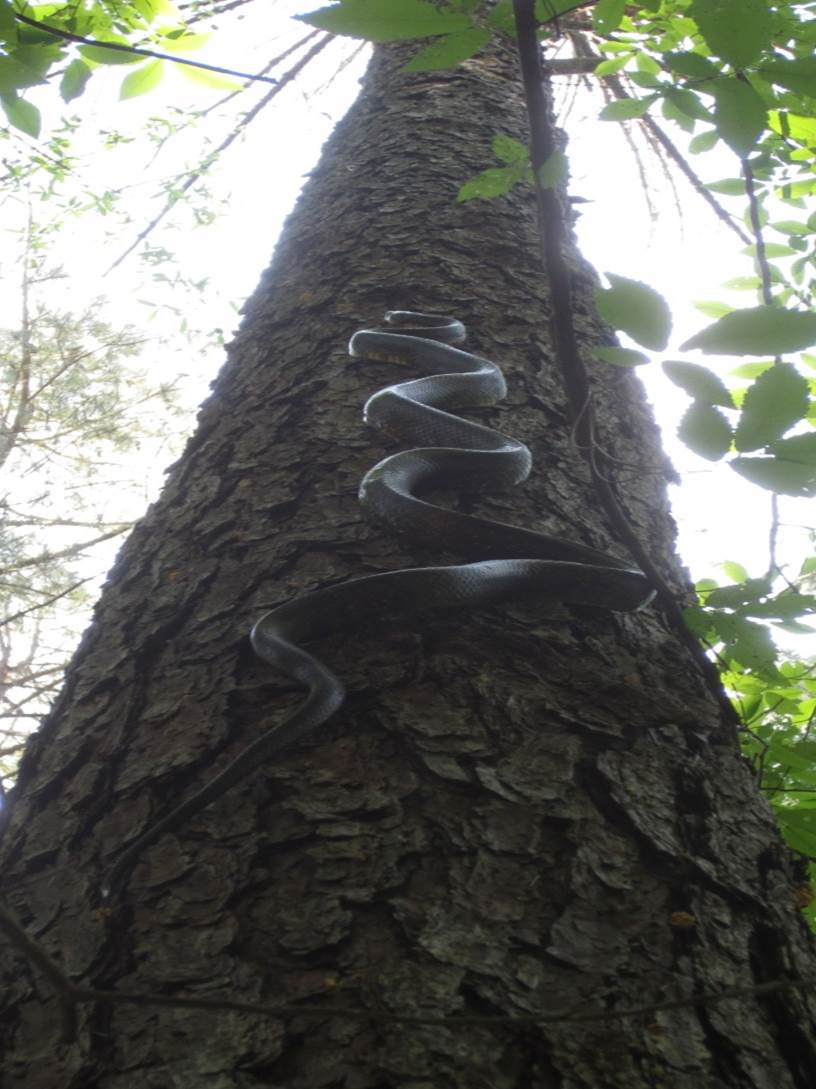Conspecific Attraction of Amphibians and Birds
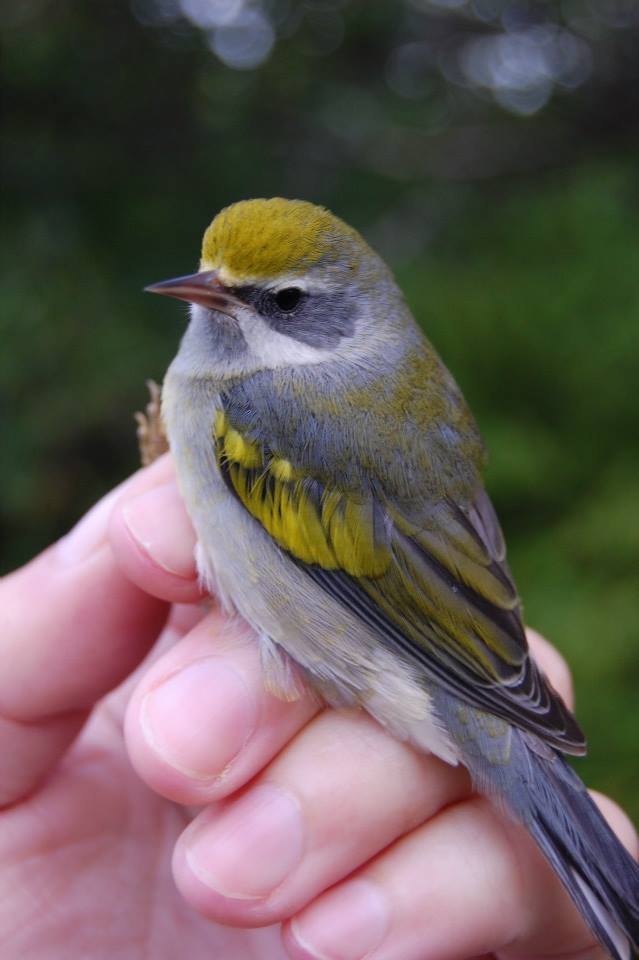 Conspecific attraction is the tendency for animals to settle near their own species. Our research aims to determine the role social information has on conspecific attraction in both birds and anuran amphibians. Acoustic signals play an important role in social communication in birds and anurans, and responses to these cues may vary based on species, sex, age, habitat, and life history. We have experimental field sites located in Indiana and Illinois, which allows us to test responsiveness to vocal cues in a variety of species and habitats. A few example species include Wood Frog, Eastern Gray Treefrog, Grasshopper Sparrow, Prairie Warbler, and Golden-winged Warbler.
Conspecific attraction is the tendency for animals to settle near their own species. Our research aims to determine the role social information has on conspecific attraction in both birds and anuran amphibians. Acoustic signals play an important role in social communication in birds and anurans, and responses to these cues may vary based on species, sex, age, habitat, and life history. We have experimental field sites located in Indiana and Illinois, which allows us to test responsiveness to vocal cues in a variety of species and habitats. A few example species include Wood Frog, Eastern Gray Treefrog, Grasshopper Sparrow, Prairie Warbler, and Golden-winged Warbler.
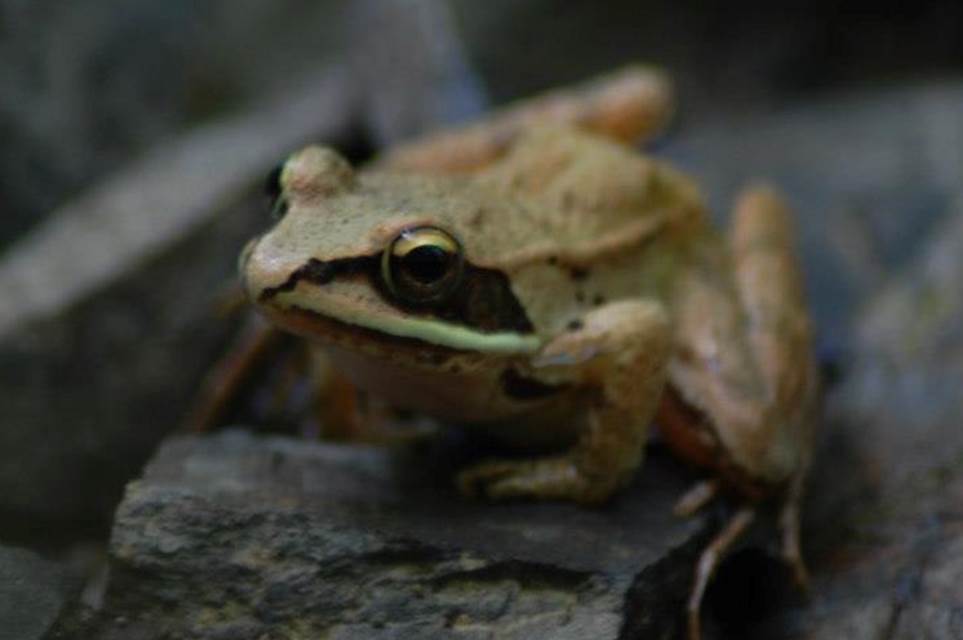 In addition to acoustic cues, evidence suggests that amphibians may also use chemical cues for social signaling at shorter ranges. We are performing laboratory phonotaxis and chemotaxis experiments that will allow us to further examine response to chemical cues in a controlled setting.
In addition to acoustic cues, evidence suggests that amphibians may also use chemical cues for social signaling at shorter ranges. We are performing laboratory phonotaxis and chemotaxis experiments that will allow us to further examine response to chemical cues in a controlled setting.
Results from these experiments should further our understanding of social communication in birds and anurans and potentially contribute to management efforts.
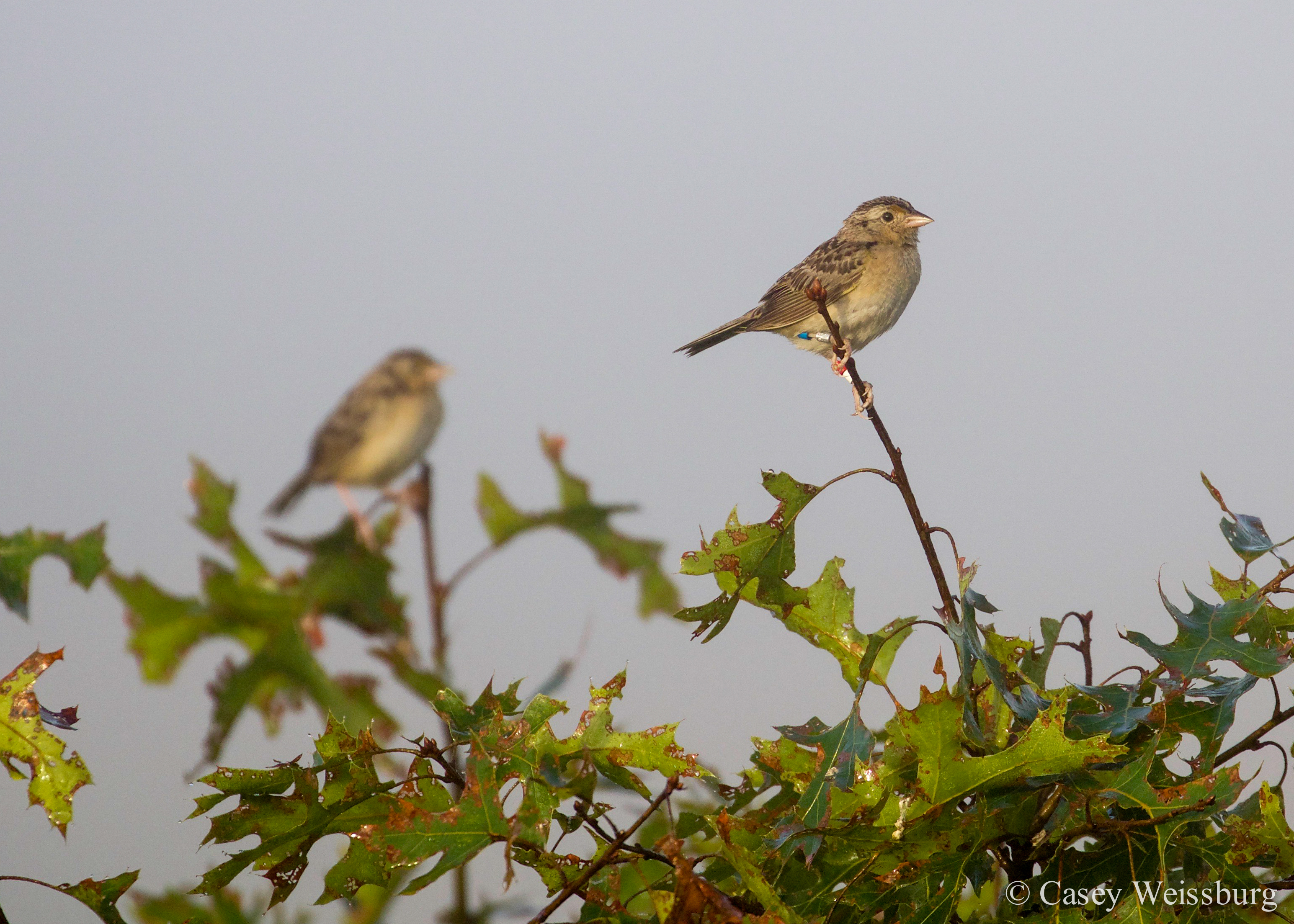
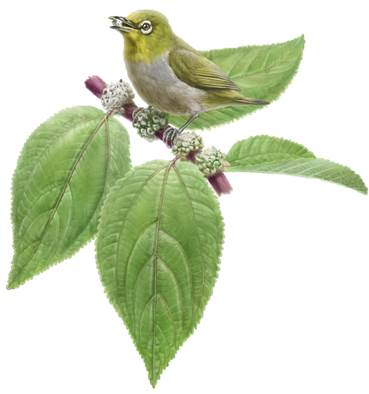
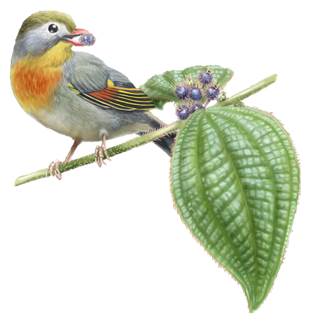
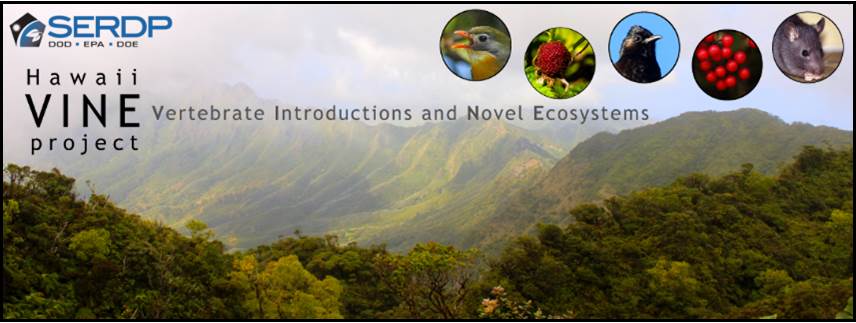
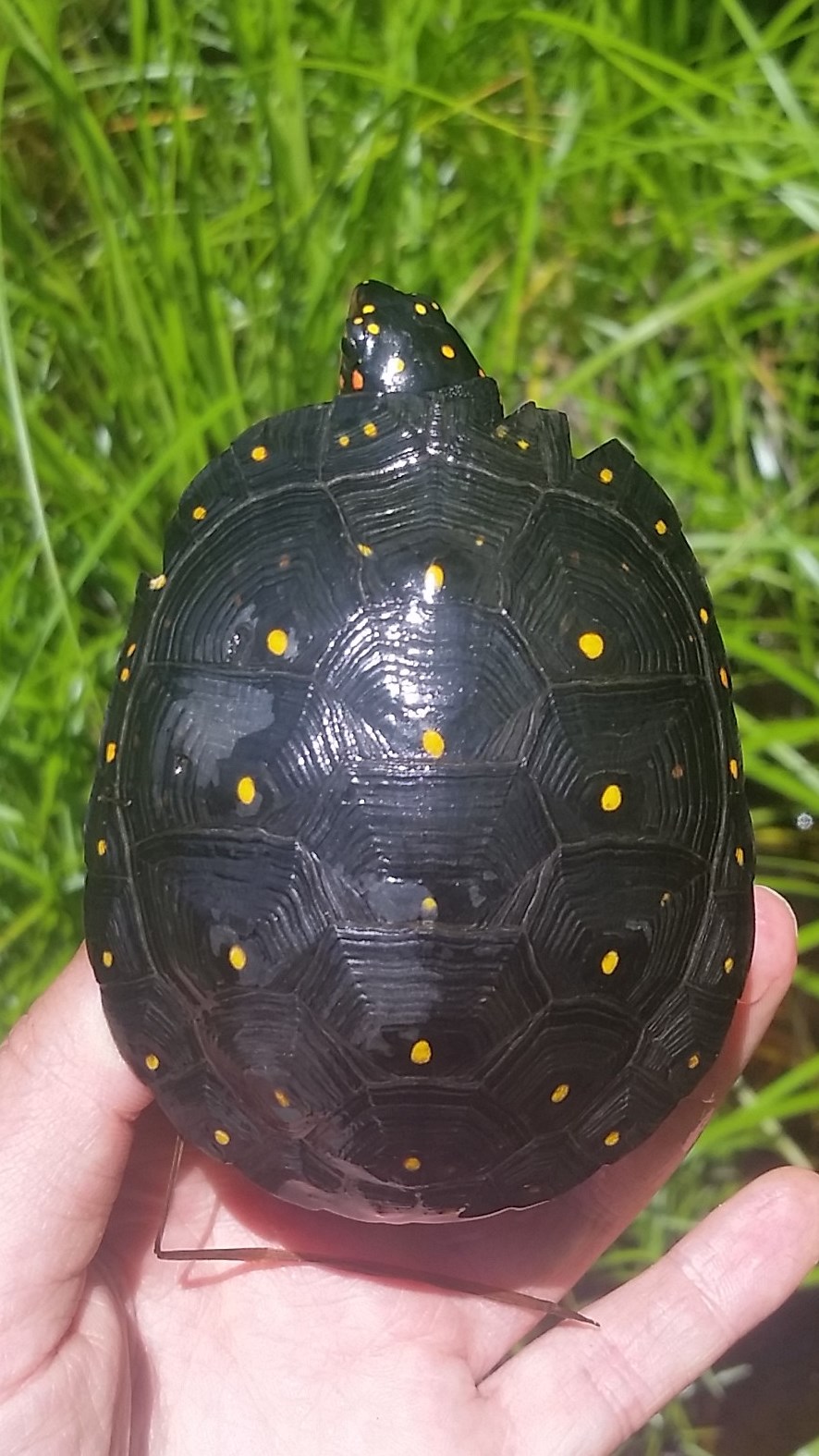

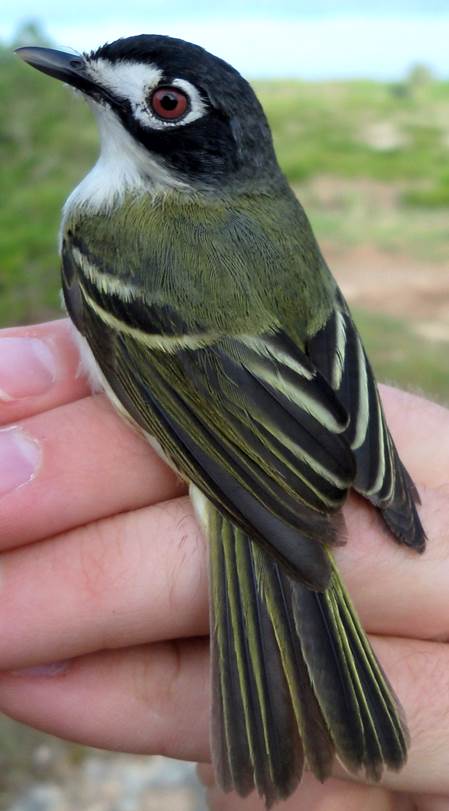 Our lab studies the competitive interactions between Black-capped and White-eyed vireos as well as Blue-winged and Golden-winged Warblers.
Our lab studies the competitive interactions between Black-capped and White-eyed vireos as well as Blue-winged and Golden-winged Warblers. 